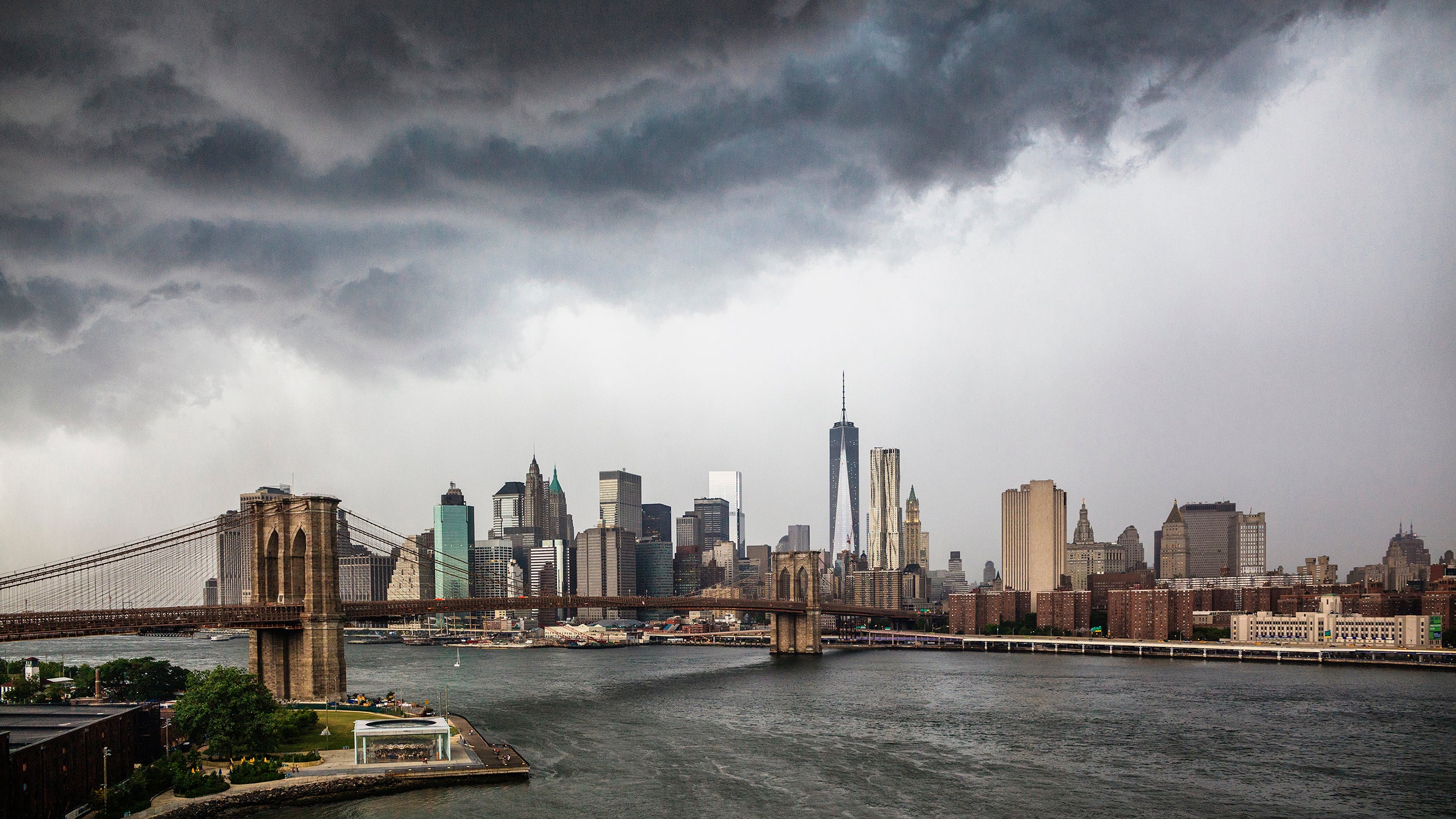
Markets and Economy Will high tariffs push the US into recession?
As a trade war rages, a massive market sell-off in the US and around the world raises many questions for investors.

Over the weekend, we got news that First Republic was seized by U.S. regulators and is being taken over by JPMorgan Chase.
In my opinion, First Republic is an outlier due to the large percentage of deposits it has lost and the unique nature of its client base.
I hold out hope that the U.S. Federal Reserve will take a prudent, cautious path at its meeting this week.
Last week I wrote that the banking mini-crisis appears to have subsided, although it was clear that investors were still apprehensive about at least some regional banks. Well, the situation resurged with a vengeance last week after regional bank First Republic reported its first-quarter earnings — and a plunge in deposits. Over the weekend, we got news that First Republic was seized by U.S. regulators and is being taken over by JPMorgan Chase. However, the situation continues to appear to be idiosyncratic rather than systemic. Following is a summary of what we’ve learned about the banking sector during earnings season thus far:
So where do we go from here? There could be more regional bank issues, but I believe they are likely to be very isolated given the relatively unique set of characteristics that have led to such severe problems for Silicon Valley Bank, Signature Bank and First Republic Bank.
In general, we think that banks will face an increasingly adverse operating environment as rates reach their cyclical peak. This is to be expected: In the past, net margins peaked around the time the U.S. yield curve inverted (and this appears to be the case this time). As such, the general outlook for the U.S. banking industry is somewhat negative in the shorter term given a potential slowdown in growth, tightening credit, and compressing net interest margins as competition for deposits increases.
I continue to believe the most significant outcome from the banking crisis is that credit conditions are tightening. It was reported in the latest Federal Reserve Beige Book that, in general, economic activity remained steady, but credit conditions were tightening in a number of districts.
For example, the Dallas Fed reported that “Loan demand weakened further, loan volumes fell, and credit conditions tightened,” while the San Francisco Fed noted that “Lending standards tightened notably, and several depository institutions opted to reduce loan volumes, especially for new clients, despite reporting ample liquidity.”4
Additionally, the latest American Bankers Association Credit Conditions Index shows that bank economists anticipate significantly weaker credit market conditions and tighter credit standards over the next six months.5 However, I hope this could be a bad news/good news story as it could compel the U.S. Federal Reserve (Fed) to stop hiking rates since its work is being done for it with the tightening of credit conditions.
And that bring us to this week. Some important data releases in coming days include the U.S. employment situation report and the March Job Openings and Labor Turnover Survey, as we watch carefully for signs of wage pressures.
However, the most important event of the week will be the Federal Open Market Committee meeting. Most expect the Fed to hike rates by 25 basis points. I continue to hold out hope that the Fed will take a more prudent, cautious path and end rate hikes with a “conditional pause” or at least give us a “dovish hike,” increasing 25 basis points but communicating that this is the end of rate hikes.
After a large number of aggressive rate hikes in a very short period of time, the Fed is, in my opinion, playing with fire if it continues on that path even though inflation is no longer hot and signs point to significant disinflation going forward.
With contributions from Andras Vig and Ashley Oerth
Source: FactSet Earnings Insight, as of April 21, 2023
Bloomberg, L.P. as of April 27, 2023
Source: Federal Deposit Insurance Corporation, as of April 30, 2023
Source: Federal Reserve, April 19, 2023
Source: American Bankers Association, “ABA Report: Bank Economists Expect Slowing Economic Growth to Tighten Credit Conditions,” April 6, 2023

As a trade war rages, a massive market sell-off in the US and around the world raises many questions for investors.

With policy uncertainty rattling markets and consumer sentiment, it’s important to remember the market's long-term growth throughout its history.

There are signs of softening global growth prospects and rising economic policy uncertainty, plus a tectonic shift in fiscal stimulus around the globe.
NA2877578
Important information
Header image: Cecilie_Arcurs / Getty
Some references are U.S. centric and may not apply to Canada.
Past performance is not a guarantee of future results.
This does not constitute a recommendation of any investment strategy or product for a particular investor.
Investors should consult a financial professional before making any investment decisions.
All investing involves risk, including the risk of loss.
A loan loss provision is an accounting measure that is used to cover uncollected loans and loan payments.
Net interest margin is the difference between interest earned and interest paid, which gauges how successfully a company, typically a bank, made its investments relative to its debt situation.
The yield curve plots interest rates, at a set point in time, of bonds having equal credit quality but differing maturity dates to project future interest rate changes and economic activity. An inverted yield curve is one in which shorter-term bonds have a higher yield than longer-term bonds of the same credit quality. In a normal yield curve, longer-term bonds have a higher yield.
The Summary of Commentary on Current Economic Conditions by Federal Reserve District (commonly known as the Beige Book) is published eight times per year. Each Federal Reserve Bank gathers anecdotal information on current economic conditions in its district, and the Beige Book summarizes this information by district and sector.
The Credit Conditions Index is a suite of proprietary diffusion indices derived by the American Bankers Association from surveys of bank chief economists from major North American banking institutions.
The Job Openings and Labor Turnover Survey (JOLTS) from the U.S. Bureau of Labor Statistics produces data on job openings, hires, and separations.
The Federal Open Market Committee (FOMC) is a 12-member committee of the Federal Reserve Board that meets regularly to set monetary policy, including the interest rates that are charged to banks.
Tightening is a monetary policy used by central banks to normalize balance sheets.
A basis point is one hundredth of a percentage point.
The opinions referenced above are those of the author as of May 1, 2023. These comments should not be construed as recommendations, but as an illustration of broader themes. Forward-looking statements are not guarantees of future results. They involve risks, uncertainties and assumptions; there can be no assurance that actual results will not differ materially from expectations.
This link takes you to a site not affiliated with Invesco. The site is for informational purposes only. Invesco does not guarantee nor take any responsibility for any of the content.